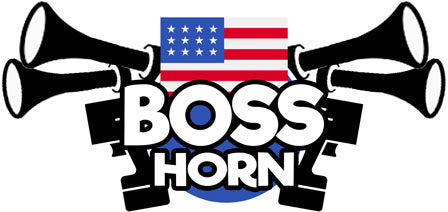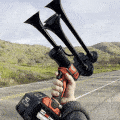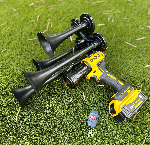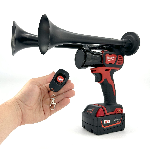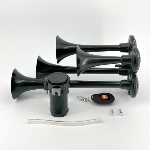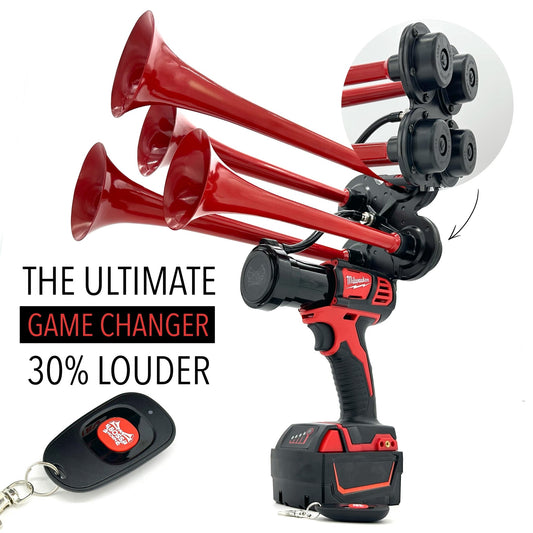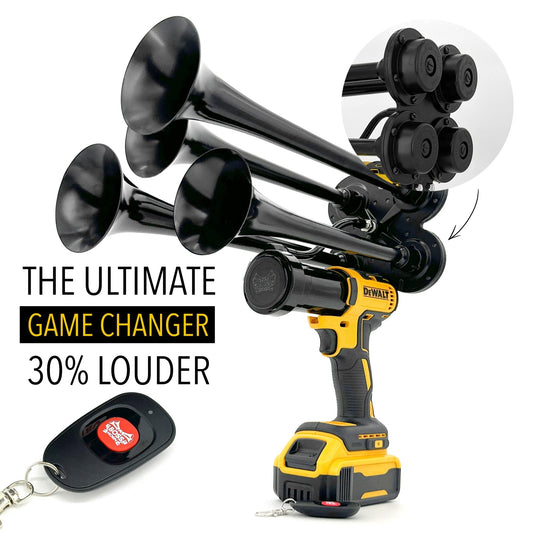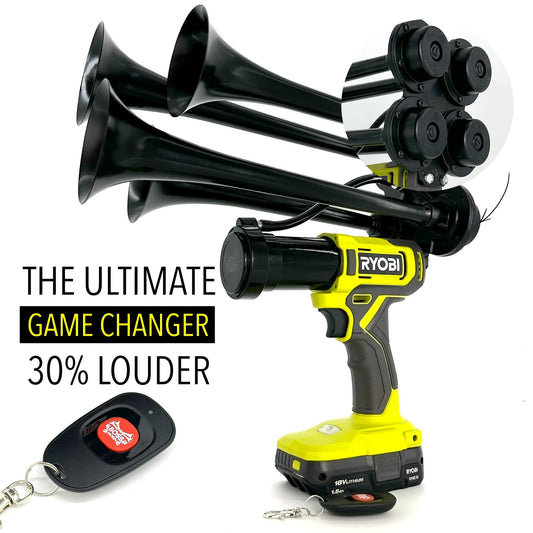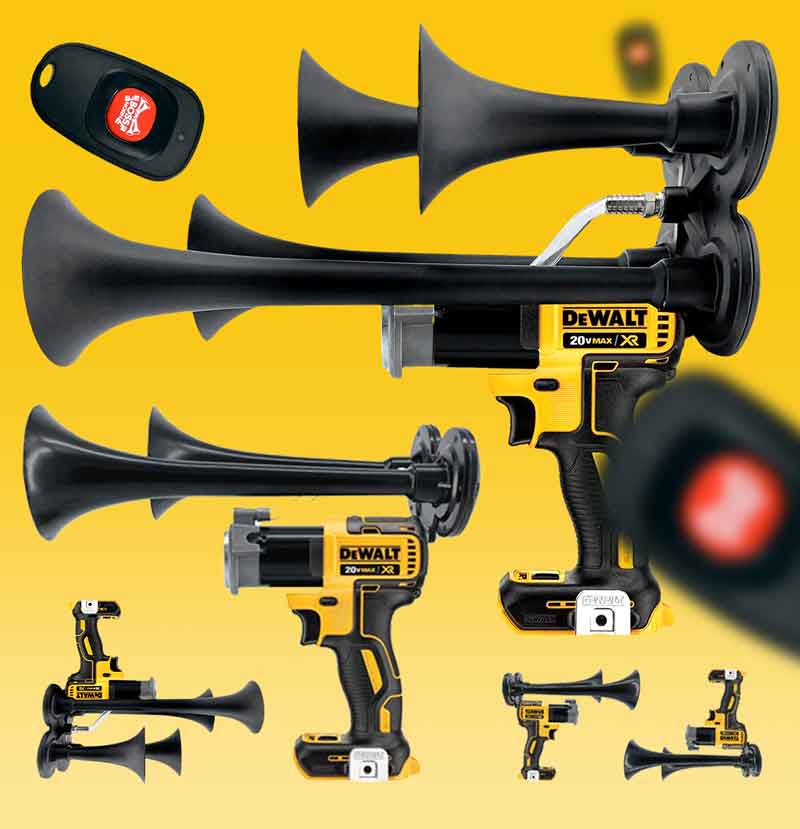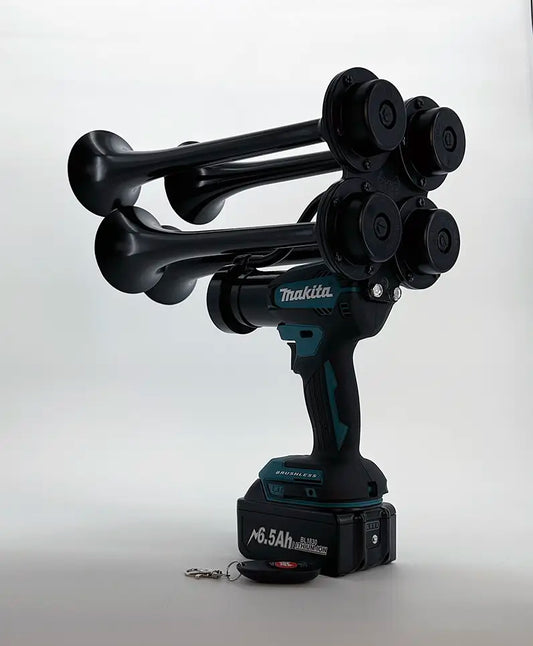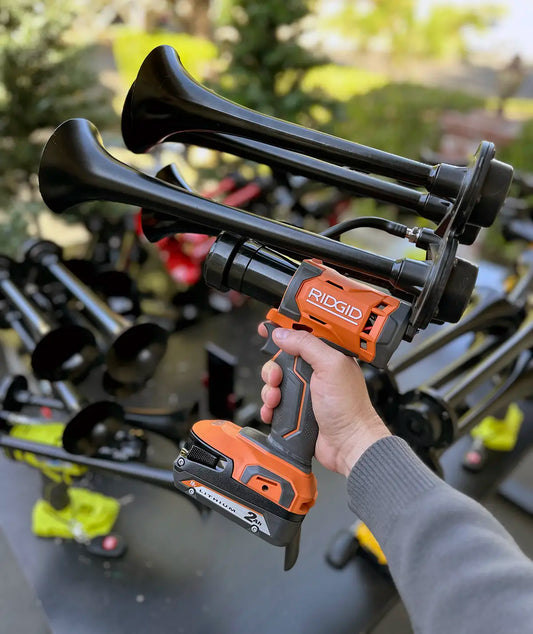Did you know that a certain loud noise has been an essential part of railway safety since the early days of locomotives? This recognizable sound, which serves as a warning signal for both pedestrians and drivers, has a rich history dating back to the 1830s when trains first began to traverse the tracks. Originally introduced to prevent accidents and ensure safe passage, this cautionary measure has evolved over the years to become a standard practice in the transportation industry worldwide.
The use of this distinct signal has proven to significantly reduce the number of train-related incidents and is a critical component of railway safety protocols. By providing an audible warning of an approaching train, this measure helps to prevent collisions and minimize risks for both railway workers and the general public. Studies have shown that the implementation of this warning system has led to a measurable decrease in accidents at railway crossings, highlighting its importance in maintaining a safe environment for all those involved in rail transportation.
As technology continues to advance, the method of producing this audible signal has also seen improvements to enhance its effectiveness. From the traditional steam whistles to modern electronic horns, the evolution of this warning mechanism exemplifies the ongoing efforts to prioritize safety in the railway industry. By adapting to new innovations and incorporating sound engineering practices, this established form of communication remains a vital aspect of railway operations, ensuring the continued safety and well-being of all individuals in proximity to railway tracks.
What is the purpose of a train horn or whistle?
A train horn or whistle serves as a crucial safety feature for trains, alerting pedestrians and vehicles of an approaching train to prevent accidents. The loud noise can be heard from a distance, warning individuals to stay clear of the tracks. In addition to safety, train horns are also used to communicate with railroad workers and signal upcoming obstacles or track changes. To fully understand the significance of train horns and whistles, it is important to delve deeper into their history, regulations, and role in modern transportation systems.
Train horns and whistles serve as crucial safety devices on railway vehicles, alerting pedestrians and motorists of an approaching train.
https://youtube.com/watch?v=NXnXcmfcouo
**FAQ about Train Horns**
**1. What is the purpose of the loud noise heard near railroad tracks?**
The loud noise near railroad tracks serves as a safety measure for trains. It warns pedestrians and vehicles of an oncoming train, preventing potential accidents and ensuring everyone's safety.
- It serves as a safety measure for trains.
- It warns pedestrians and vehicles of an oncoming train.
- It prevents potential accidents near railroad tracks.
**2. Why are train operators required to sound the horn at specific locations?**
Train operators are required to sound the horn at specific locations to alert people of the train's presence, especially at grade crossings, junctions, and areas where visibility may be limited. This helps ensure that all individuals in the vicinity are aware of the approaching train and can take necessary precautions.
- It alerts people of the train's presence at grade crossings, junctions, and areas with limited visibility.
- It ensures that individuals are aware of the approaching train.
- It allows people to take necessary precautions near railroad tracks.
**3. How does the sound of a train horn differ from other types of horns or sirens?**
The sound of a train horn is typically louder and distinct compared to other types of horns or sirens. It is designed to be heard over long distances and through various environmental conditions, making it easily recognizable as a train warning signal.
- It is louder and distinct compared to other types of horns or sirens.
- It is designed to be heard over long distances and through various environmental conditions.
- It is easily recognizable as a train warning signal.
**4. Are there regulations in place regarding the use of train horns?**
Yes, there are regulations in place regarding the use of train horns to ensure their proper and consistent use for safety purposes. These regulations outline when and where train operators must sound the horn, as well as the required sound levels and patterns to be followed.
- Regulations are in place to ensure proper and consistent use of train horns.
- Regulations outline when and where train operators must sound the horn.
- Regulations specify the required sound levels and patterns for train horns.
**5. What should individuals do when they hear a train horn near them?**
When individuals hear a train horn near them, they should immediately move away from the tracks and find a safe location to wait until the train passes. It is important to never try to beat a train or disregard the warning signals provided by the train horn.
- Individuals should immediately move away from the tracks when they hear a train horn.
- They should find a safe location to wait until the train passes.
- It is crucial to never try to beat a train or ignore the warning signals of a train horn.
Conclusion
In conclusion, the train horn or whistle serves as a crucial safety measure for trains, alerting both pedestrians and vehicles of their approach. This audible warning device helps prevent accidents and ensures the safety of both passengers and bystanders. While the sound of the train horn can be loud and disruptive, its importance in promoting safety cannot be understated. As technology continues to evolve, it is essential for railroad companies to invest in modern train horn systems to enhance efficiency and effectiveness. Overall, the train horn or whistle remains a vital component of railway operations and plays a significant role in maintaining safety on the tracks.
